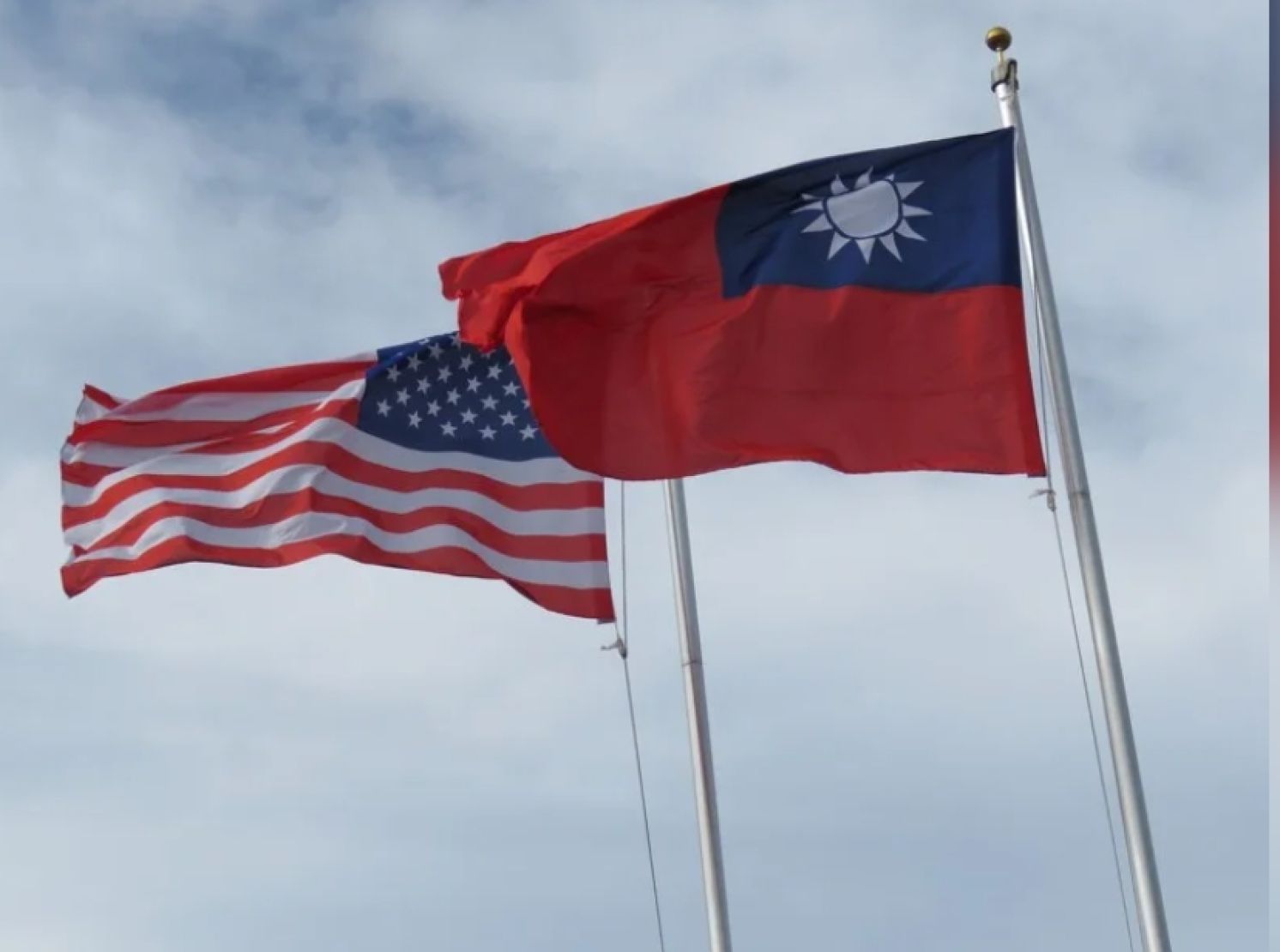
Why Taiwan Businesses Can't Trust Government's Negotiations with the U.S.
China Times Editorial, July 9, 2025
The United States has recently announced its reciprocal tariff rates for various countries, including Japan and South Korea, while the outcome of U.S.-China tariff talks is largely settled. Compared to the transparent and public negotiation focus seen with China, Japan, and South Korea—where businesses can clearly identify the key issues behind the imposed rates—Taiwan’s talks with the United States over the past three months have been conducted in complete secrecy. If the final reciprocal tariff rates fall short of expectations, then Taiwanese businesses may be left lamenting a senseless loss.
Take South Korea as an example: During the Asian Development Bank annual meeting, officials openly acknowledged American pressure on exchange rates. From the announcement of reciprocal tariffs to the final U.S. tariff rate disclosure, the Korean won appreciated by 7 percent against the U.S. dollar. In contrast, Taiwan’s government has been evasive, with officials insisting that exchange rates were not part of the negotiations, even as the New Taiwan dollar soared by 12 percent over the same period. This contradictory stance makes it difficult for businesses to trust the government.
Moreover, in Japan and South Korea, which are subject to 25-percent reciprocal tariffs, at least their businesses received clear communication from their governments. South Korea’s Minister of Trade, Industry and Energy Ahn Duk-geun openly stated that the United States demanded further market opening in agriculture, automobiles, and digital sectors. Japan’s Minister in charge of economic revitalization Ryosei Akazawa emphasized that the talks focused mainly on the automobile industry. Taiwan’s government, however, has remained ambiguous and coy about the contents of the negotiations, resorting only to vague assurances that it is fighting for the industry’s greatest benefits.
It is well known that international trade negotiations are challenging, especially when the counterpart is the United States, an economic and political superpower. If the government fully informed the public about American demands and Taiwan’s bottom line, even if talks failed, the people could at least respect the government’s resolve. Unfortunately, since April, multiple rounds of U.S.-Taiwan tariff talks have been shrouded in silence, with the government only reiterating that negotiations are ongoing, efforts will continue until the last minute, and national interests will be considered—without any concrete details.
This inevitably raises doubts: What exactly has the government negotiated with the United States? What is Taiwan’s stance? Although the final tariff rates are determined by the United States, Taiwan still controls its own negotiation attitude. Vietnam, for instance, fully opened its market, adopting zero tariffs and modestly secured a rate reduction from 40 percent to 20 percent, earning public acknowledgment of government effort. Japan took a firm stand and was slapped with a 25-percent tariff, but at least retained dignity.
And Taiwan? Neither the public nor businesses know what was discussed, making it impossible to judge whether the tariff rates are reasonable—let alone trust the final outcome. In this light, Taipei Mayor Chiang Wan-an’s call for transparency is entirely justified: The government should timely disclose negotiation progress and details, explain efforts made to secure reasonable tariffs, and propose viable industry support measures in response to the new tariffs.
As for what a “reasonable” reciprocal tariff rate for Taiwan would be, Premier Chuo Yung-tai’s aim for zero tariffs is somewhat unrealistic; even a basic rate of 10 percent would be difficult for Taiwanese companies to achieve. Considering the initial 32-percent rate, the current government calculation is likely that any reduction below Japan and South Korea’s 25-percent threshold would be acceptable, and a cut to 16 percent or less would be touted as a significant achievement.
From the government’s political perspective, this might be rational. From the industry’s standpoint, no one doubts the lower the tariff rate, the better. Especially since, beyond reciprocal tariffs, Taiwanese firms must also watch for developments related to Section 232 measures. Former Minister of Economic Affairs Yiin Chii-ming bluntly said that given the U.S.-China trade war and TSMC’s massive investment in the United States, it would be reasonable for Taiwan to push for tariffs dropping from 32 percent to 10 percent.
Notably, compared to Japan and South Korea’s 25 percent, Taiwan has not signed multiple free trade agreements (FTAs), so export costs can’t be judged solely by reciprocal tariffs; one must also consider whether exports to other countries are duty-free. Additionally, Taiwan’s export industry structure differs significantly from Japan and South Korea—for example, Taiwan’s auto exports are minimal and not comparable. Finally, currency appreciation must be factored in as well.
While the tariff policies of U.S. President Donald Trump indeed pose serious challenges to Taiwan’s industries, the greater worry is the government’s opaque negotiations triggering a crisis of confidence. The negotiating team’s secretive approach, without consulting the business community, not only makes it hard for the public to judge the fairness of the final tariffs but also plants doubt among enterprises that the government might have “sold them out.” Some business groups have even demanded a government apology if tariffs exceed 20 percent.
Though the government remains silent, the private sector knows well that the American focus is on automobiles and agricultural products, and it also wants Taiwan to increase investments in the United States, such as purchasing Boeing aircraft and natural gas. To secure lower reciprocal tariffs, Taiwan must swallow American demands—but the government refuses to admit this openly. For businesses, high tariffs hurt their bottom line, but the government’s secretive dealings hurt their hearts. Should this continue, it will be difficult for industries to avoid decline, and Taiwan’s looming industrial hollowing-out crisis may soon become a reality.
From: https://www.chinatimes.com/opinion/20250709004591-262101?chdtv